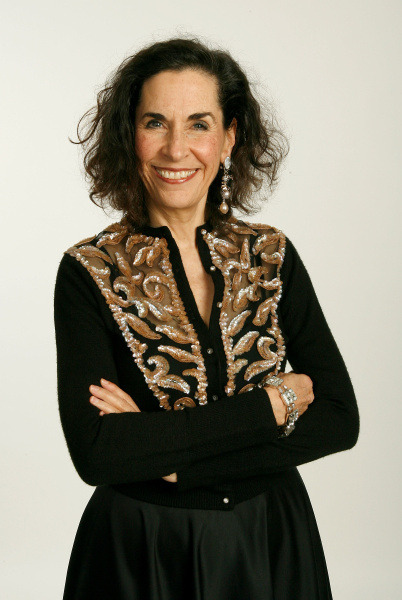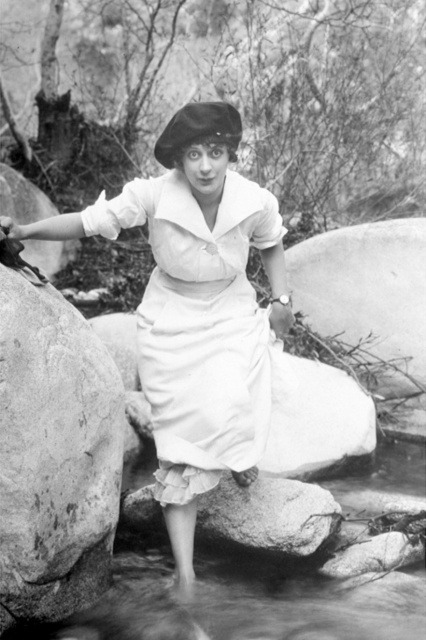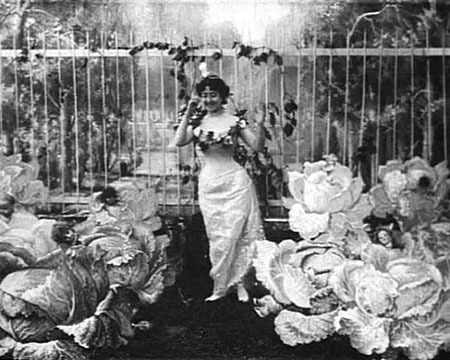

Director Mira Nair (b. 1957) has been at the forefront of world cinema for the last thirty years, crafting dramas, comedies, romances, thrillers and everything in between set both in her native country of India and in her second homeland of America, where she has taught in Columbia University’s graduate film school in New York for many years. Nair’s films often question social values and expectations, particularly with regard to race and women’s sexuality. Nair once said in a 2002 interview with Bonnie Greer that “I want to question what the outside is and who defines it. I often find those that are considered to be on the outside extremely inspiring. They are the people who see through the double standards … what is really important to me is a sense of humor and a mischief about life. Life is just too boring otherwise.”

Salaam Bombay! (1988) – Recipient of the Audience Award and the Golden Camera at the Cannes Film Festival in 1988 and nominated for the Academy Award for Best Foreign Language Film in 1989, Mira Nair’s debut fiction feature was written in collaboration with Sooni Taraporevala (who would later write the screenplays for Nair’s films Mississippi Masala in 1991 and The Namesake in 2006). It tells of the tragic roles that children and adults are forced to play in the slums of Bombay: a young boy (Shafiq Syed) abandoned by his family and by the traveling circus he worked in, his only option being to survive on the streets of a big city he doesn’t know; a virginal teenage girl (Chanda Sharma) sold into prostitution, forced to lose her innocence; the heartless pimp/drug lord (Nana Patekar) to whom the girl is sold; the pimp’s wife (Anita Kanwar), a prostitute who hates the way she makes her living but who cannot rise above her social position; the couple’s young daughter (Hansa Vithal), who learns greed and cruelty from her father and uses those traits to manipulate, cheat and steal from her mother and the street kids. Lives don’t change only in the scenarios of the film; on set, cinematographer Sandi Sissel grew to care so much for a young actor who played one of the many orphan characters that she adopted him and he is now known by the name Bernard Sissel.

Mississippi Masala (1991) – Sooni Taraporevala’s original screenplay looks at the difficulties faced by an Indian-born family compelled to flee their Ugandan home by order of Idi Amin, the family’s subsequent attempts to assimilate into American culture and how a romance between their strong-willed daughter (Sarita Choudhury) and a Southern black man (Denzel Washington) puts the lovers’ families on edge in their small Mississippi town. Racism between the groups causes a great deal of strife, threatening to tear the couple apart unless they can escape and find a better life on their own. The film was characterized by Entertainment Weekly critic Owen Gleiberman as “charming and exuberant” and Washington Post writer Rita Kempley described the film as an “utterly infectious romance” that “measures the pull of roots against the tug of heartstrings.” Nair has continued to make films about the immigrant experience and interracial culture clashes in America, as in The Namesake (2006) and The Reluctant Fundamentalist (2012), as well as telling more stories of headstrong female protagonists like Reese Witherspoon’s Becky Sharp in Vanity Fair (2004) and Hilary Swank’s Amelia Earhart in Amelia (2009).

Kama Sutra: A Tale of Love (1996) – Nair’s romantic drama set in 16th-century India was considered so scandalous by the country’s censorship board that the film was banned, but there is no denying that it is beautifully constructed, evocatively scored by Mychael Danna and exhibiting lush photography by Declan Quinn (who won the Independent Spirit Award for Best Cinematography) that “drowns the viewer in such richly sensual imagery that viewers may feel they’ve been drugged with beauty,” in the words of San Francisco Chronicle critic Edward Guthmann. (I also love the costumes designed by Eduardo Castro, including the pearl dress that took hours for Indira Varma to be sewn into.) While the many scenes of eroticism, nudity and sex may be the main draws for some viewers, at its core the film is a story of friendship and rivalry between a queen (Sarita Choudhury) and the commoner who is raised alongside her in the palace (Indira Varma). The girls grow into young women whose camaraderie is damaged by Choudhury’s marriage to a royal (Naveen Andrews) who only has eyes for Varma, an obsession that has dangerous consequences. The film was adapted by Mira Nair and Helena Kriel from the short story “Hand Me Downs” by Wajida Tabassum, one of India’s most well-known women writers in the 1960s because of her audacious narratives. Nair’s filmmaking does indeed take risks with its many explicitly sexual scenes, but more importantly it shows the emotional growth of its two female protagonists in addition to their sexual maturity and how they navigate the social codes associated either with arranged marriage (particularly in terms of virginity and “ladylike” behavior) or with being a court concubine. It’s interesting to see how differently Varma’s and Choudhury’s characters comport themselves when acting primarily to please men versus acting on behalf of their own bodies’ feelings.

Monsoon Wedding (2001) – Written by Sabrina Dhawan, my favorite Nair film is a combination of romantic comedy and family melodrama, weaving together strands of stories concerning many family members and friends of the Verma and Chadha clans as they prepare an arranged marriage for their children, as well focusing on a blossoming romance between the Verma household’s maid and the Verma-Chadha wedding planner. Declan Quinn’s cinematography paints the film in bright, radiant colors, while Mychael Danna’s score can be loud and joyous or soft and tender depending on the scene. As film critic Roger Ebert wrote in 2002: “The hope for Monsoon Wedding is that those who like it will drag their friends into the theater … Monsoon Wedding, which won the Golden Lion as the best film at Venice 2001, is the kind of film where you meet characters you have never been within 10,000 miles of, and feel like you know them at once.”





















































